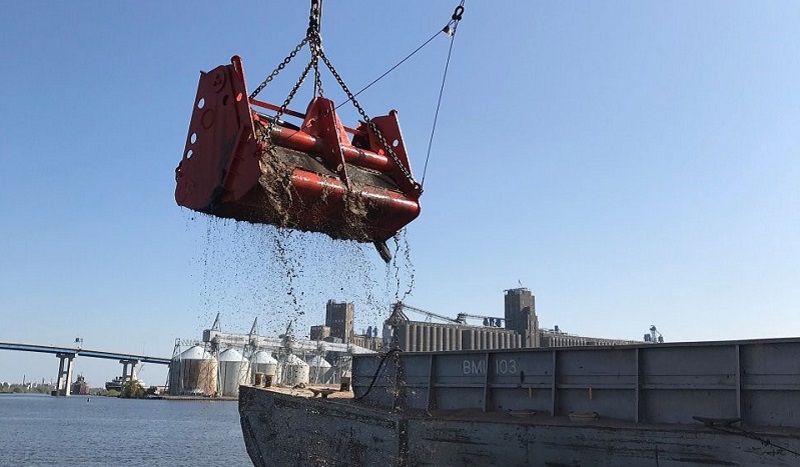EPA launches new decision support system for dredged materials
 Many countries now use dredged materials for land reclamation, and their benefits are well understood in this regard. But the benefits of dredged sediment from rivers and waterways is less well known, and as a result, these useful compounds are often dumped out to sea.
Many countries now use dredged materials for land reclamation, and their benefits are well understood in this regard. But the benefits of dredged sediment from rivers and waterways is less well known, and as a result, these useful compounds are often dumped out to sea.
This contributes to soil nutrient stripping, wherein areas of land become devoid of organic carbon, nitrates and phosphates, the chemicals which promote fertility in the soil and facilitate the growth of crops. In Iowa, where some of the most fertile farmlands on Earth reside, topsoil depth has gone from around 40cm, in the early 1900s, to around 20cm today.
To combat this phenomenon, the US Environmental Protection Agency (EPA) has developed a Dredged Materials Management Tool (DMDT), a suite of decision support tools to help quantify the likely beneficial content of sediments and soils in lakes and waterways.
“Dredged material can be used sustainably and beneficially in many ways including as fill or construction material, for habitat restoration, and for brownfield remediation projects,” the EPA says.
The EPA hopes to ensure that these factors are taken into account when decisions are made on what to do with dredged material, with the ultimate aim of ensuring that environmental, social and economic aspects are considered at the early stages of every new dredging project to reduce nutrient stripping, as well as wasteful practices in construction and agriculture.
While the advice given in this editorial content has been developed using the best information available, it is intended purely as guidance to be used at the user’s own risk. No responsibility is accepted by CEDA or by the Intent Communications Ltd or by any person, firm, corporation or organisation who or which has been in any way concerned with the furnishing of information or data, the compilation, publication or any translation, supply or sale of this Guidance for the accuracy of any information or advice given herein or for any omission herefrom or from any consequences whatsoever resulting directly or indirectly from compliance with or adoption of guidance contained therein even if caused by a failure to exercise reasonable care.